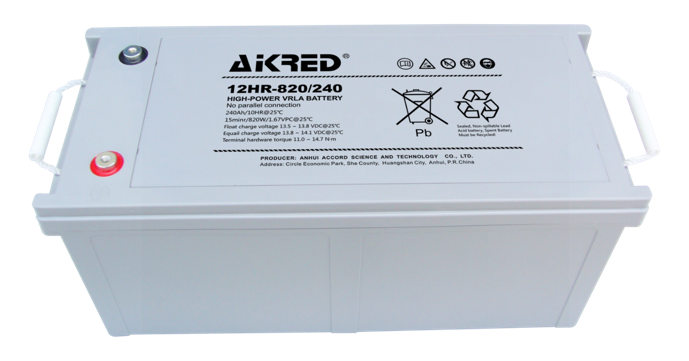For years, lead-acid batteries have been a reliable and economical choice in the energy storage space, and they are used in a wide range of industries, from automobiles to backup power systems. However, behind the advantages of these batteries lurks a potential risk - thermal runaway, which raises safety and
performance concerns. In this paper, the phenomenon of thermal runaway in lead-acid batteries, its causes and preventive measures are discussed.

the definition of thermal runaway
thermal runaway is refers to the cell or battery The temperature of the battery pack is out of control due to various internal factors, and it enters the process of self-aggravation. When the heat generated exceeds the heat dissipation capacity of the battery, a vicious cycle is formed, causing the temperature to rise, which can eventually lead to battery damage,
leakage or even explosion. An in-depth understanding of its causes can help to effectively reduce the risk.
the cause of the lead-acid battery thermal runaway
A. Overcharging and its effect on battery temperature
Overcharging occurs when the battery charge voltage exceeds the recommended value. While the amount of power required to keep the battery charged is acceptable, overcharging accumulates too much energy inside the battery, which is converted to heat and causes the battery to heat up. The chemical stability of the battery
is affected and the heat production rate increases, which may eventually lead to thermal runaway. Therefore, the correct charging method is the key to avoid this situation.
B. Internal short circuit contribution to thermal runaway
Internal short circuit is usually caused by damage to the diaphragm between the positive and negative plates of the battery, which can be the result of physical damage or a manufacturing defect. This leads to a direct current path between the plates, a sharp increase in current, which generates a lot of heat, rapidly raising the battery temperature and increasing the risk of
thermal runaway. Regular inspection and maintenance of batteries can help identify problems early and resolve them.
C. Electrolyte dry battery heating impact
the electrolyte in the lead-acid battery plays an important role of ion exchange. However, in some cases, such as high temperatures or long periods of operation, the electrolyte may gradually evaporate, resulting in a drop in the electrolyte level, which prevents effective heat dissipation and increases the internal temperature of the battery. Rising temperatures
speed up chemical reactions inside the battery, potentially causing it to age and triggering thermal runaway without supervision.
measures to prevent thermal runaway
{{111 To prevent lead acid batteries from thermal runaway, the following proactive measures can be taken:
- Charge control: Follow the manufacturer's recommended charging voltage and duration to avoid overcharging.
- Periodic inspection: Periodically check the battery for physical damage, electrolyte loss, or corrosion.
- temperature monitoring: real-time temperature monitoring system were used to detect abnormal temperature rise.
- good ventilation: install the battery in a well-ventilated place, so that the heat dissipation.
- Maintenance: Regular cleaning and maintenance of battery terminals and connections to reduce resistance and heat generation.
thermal runaway of safety and service life of the lead-acid battery constitutes a serious threat. By understanding its causes and taking preventive measures, users can minimize the risk of thermal runaway while taking full advantage of lead-acid batteries. With proper use, monitoring and maintenance, the possibility of catastrophic failure can be significantly reduced, ensuring a safer energy storage solution.